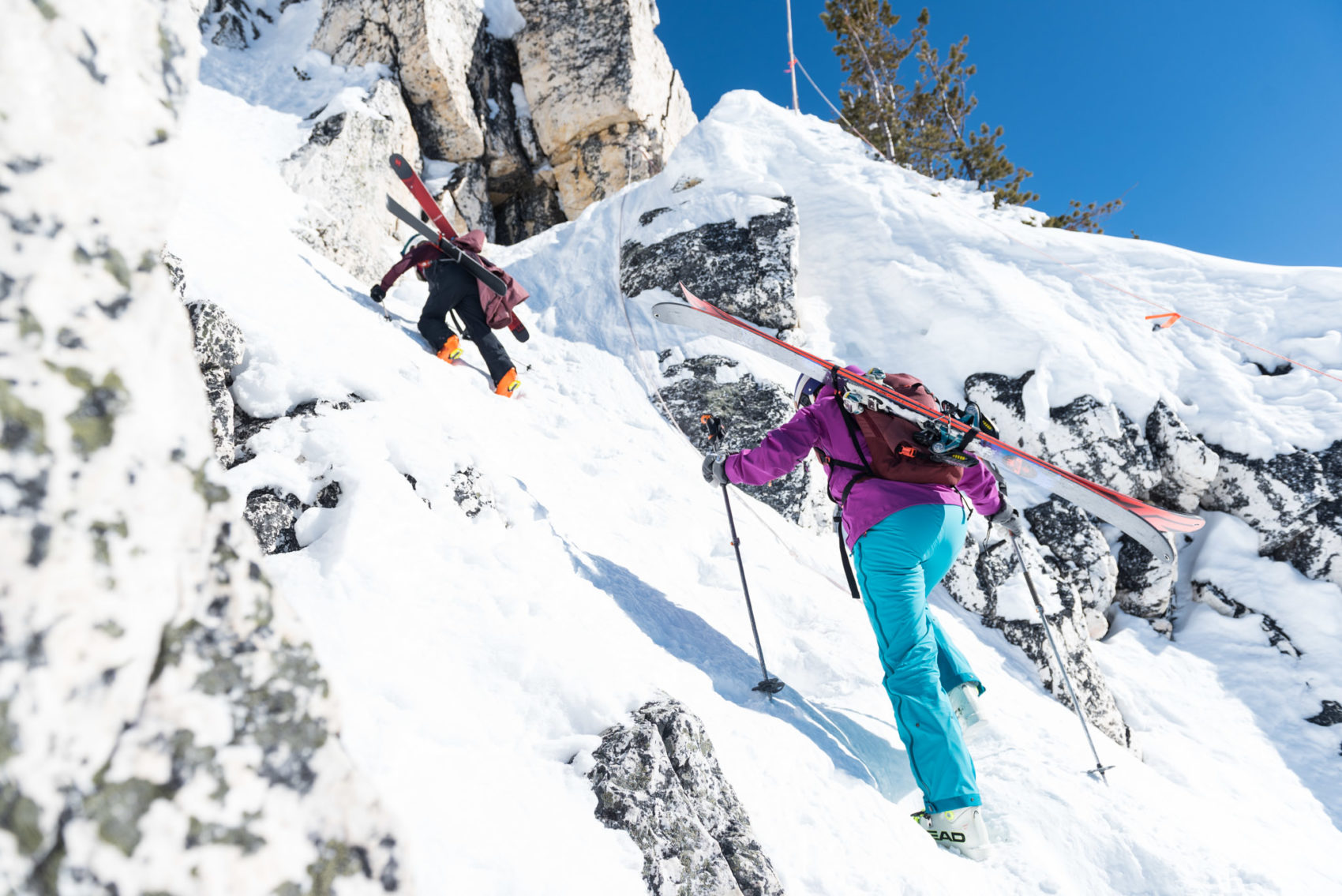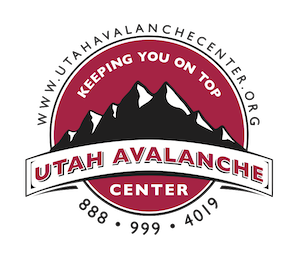
Last season ended tragically and this next one will start weirdly. Because winter is just around the corner, we wanted to get an image in our heads of what to expect next season so we reached out to Mark Staples for insight, the director of the Utah Avalanche Center in Salt Lake City, Utah.
(To Staples:) How busy was the Wasatch Backcountry last season after resorts closed? Did the UAC notice a definite increase in users, human-triggered avalanches, or gear sales, etc. in March & April?
Staples: “We don’t have any way to measure backcountry use this spring, but by all accounts, trail heads were busier than anyone had every seen. Many stores reported selling much more backcountry gear and avalanche gear than they typically do. There were also a lot of human triggered avalanches that happened during two events in March and April. We think the huge number of human triggered avalanches happened for a number of reasons. We think that it was a combination of snowpack conditions that created unstable conditions, new snow from two storms, beautiful weather, and more people in the backcountry.
The other issue is that we have people reporting avalanches more than ever which is a great thing. Regardless of the unique situation that happened this spring, the backcountry community has been amazing at reporting avalanches. The backcountry community has changed a lot in the last decade or so. Triggering an avalanche used to be something people were afraid to let anyone know about because of negative stigmas associated with it. People are so much more open to sharing that information now. There is no shame in triggering or being caught in an avalanche. What we know is that sharing that information helps all of us make better, safer decisions and we need to encourage people to share that info and not put any shame on them.
Lastly, the other major issue is that technology has made it so much easier to share information about avalanches. Devices like GoPro cameras have given us incredible videos of avalanches being triggered. Other technology like smartphones has made it easier to share those videos and photos.”
Does the UAC expect more people in the backcountry this season due to COVID?
“There is a lot of uncertainty; however, we definitely expect a lot more people in the backcountry this coming winter. By all accounts, trailheads have been busier than ever this summer. There’s no reason that we shouldn’t expect increased use this winter. Also, we’ve been seeing steady growth in backcountry use regardless. In the Wasatch Range that growth has been compounded by easy access and population growth. Regardless, we are excited to help people get out and enjoy the Greatest Snow on Earth.”
What are some things the UAC is doing differently in preparation for this coming season because of COVID?
“The main things we are doing, like a lot of organizations, is preparing to offer many of our events and classes virtually. The good news is that we had started moving in this direction prior to COVID. Many educators and teachers have experimented with putting lectures online so that class time can be used for more interactive discussions that promote better learning. We have our upcoming Backcountry Benefit that will be entirely virtual. The Utah Snow and Avalanche Workshop will be offered online which will be great because people around the country will be able to attend. We are working on other things online and through social media to help inform our users and keep them safe.”
Lastly, we will be continuing our regular daily avalanche forecasts. We put a lot of time and resources into those forecasts whether there is one person in the backcountry or thousands. It’s no different from how we treat our avalanche forecasts ahead of a busy holiday weekend or our avalanche forecasts ahead of a quiet Monday when we don’t expect many people in the backcountry.
Like most avalanche centers, we have the resources and flexibility to meet the needs of our backcountry users no matter what transpires.”
As the days get shorter and the stoke grows taller to clip back into our skis and snowboards, we can expect next winter to look differently. More people will likely be recreating in the backcountry than ever before. Backcountry gear sales are projected to spike, with possible shortages on certain products. And social distancing measures will be enacted all over. Time will tell how it all pans out, but as soon as the snow starts falling, at least we can all rest a little easier.
A HUGE thank you to the UAC for all that they do!
